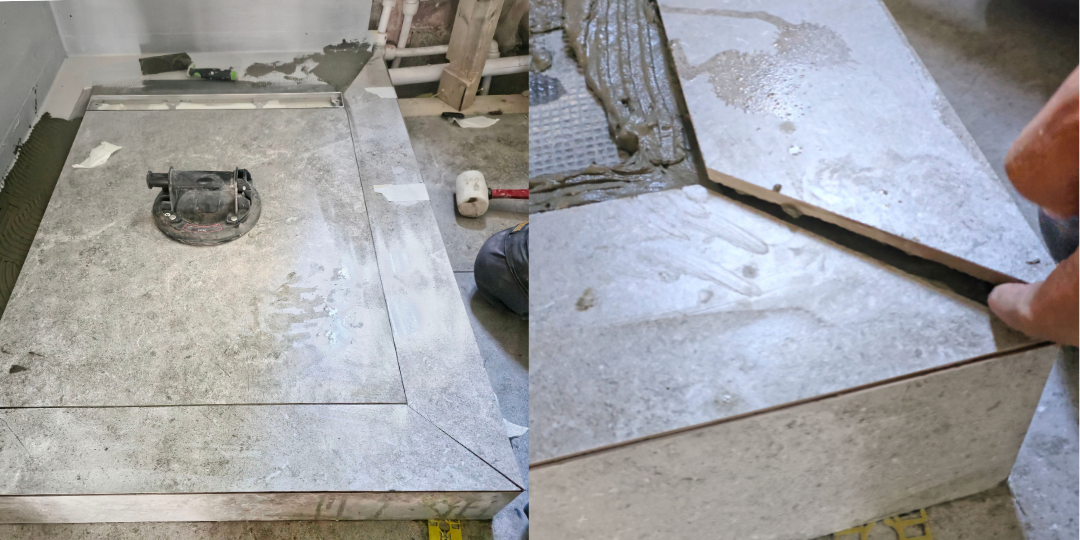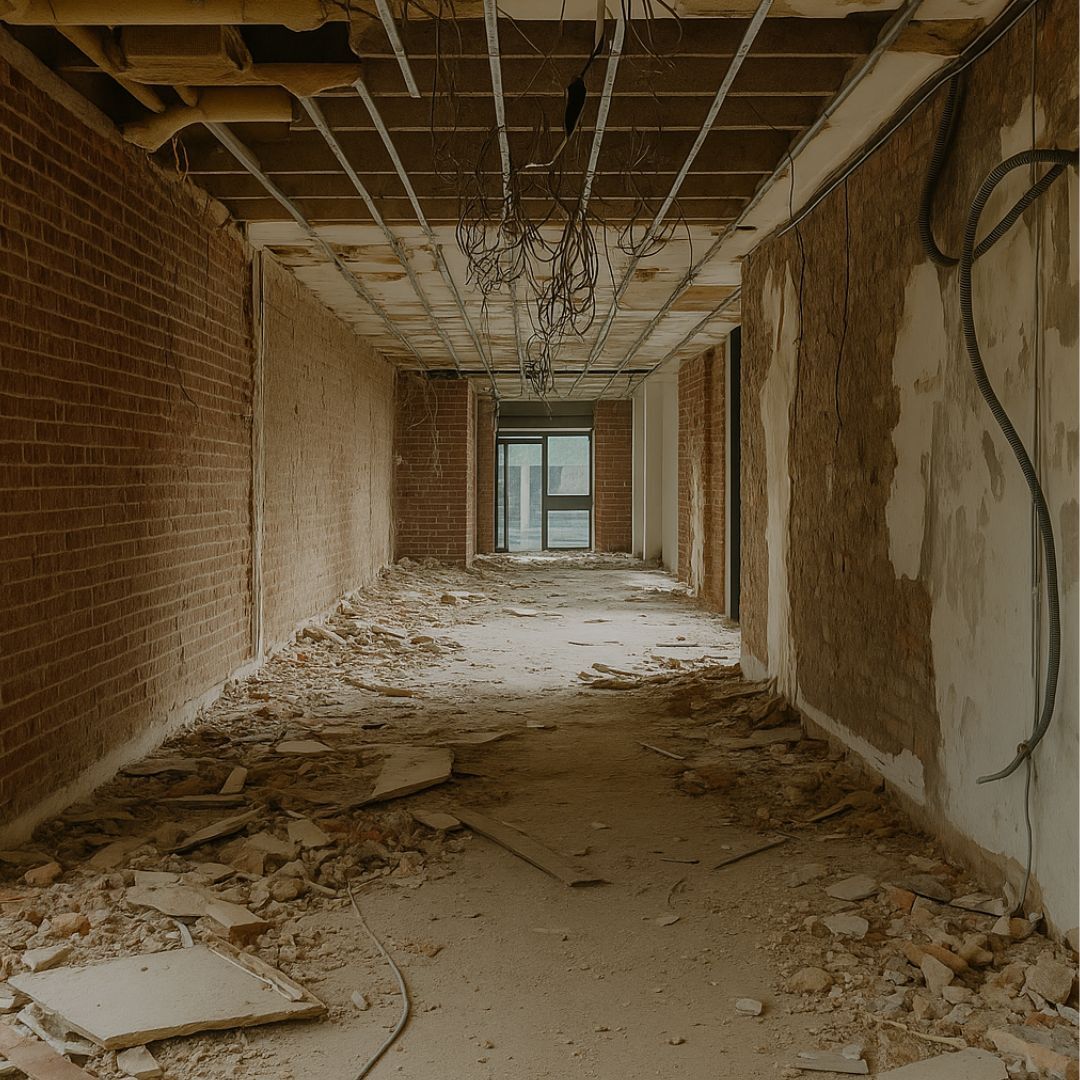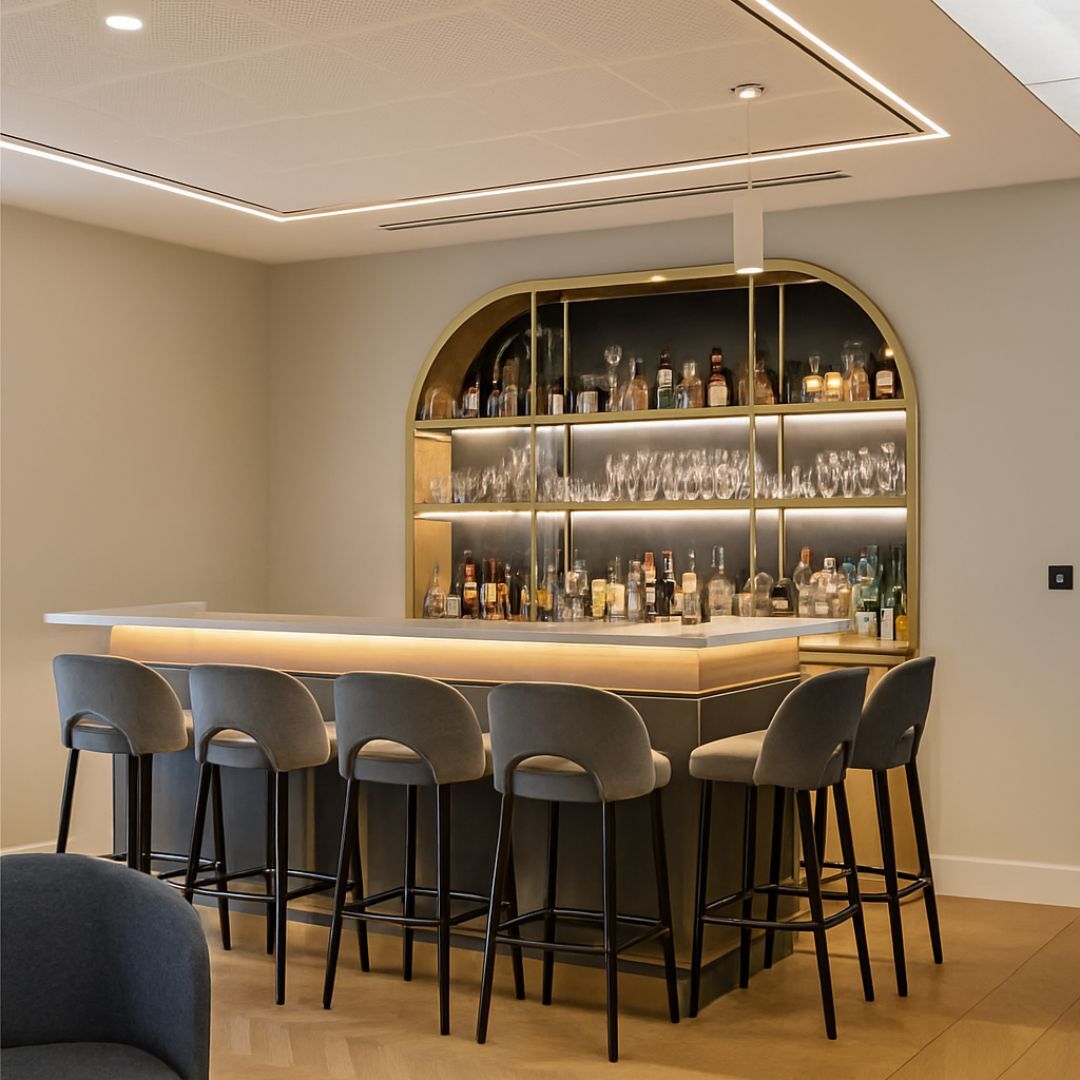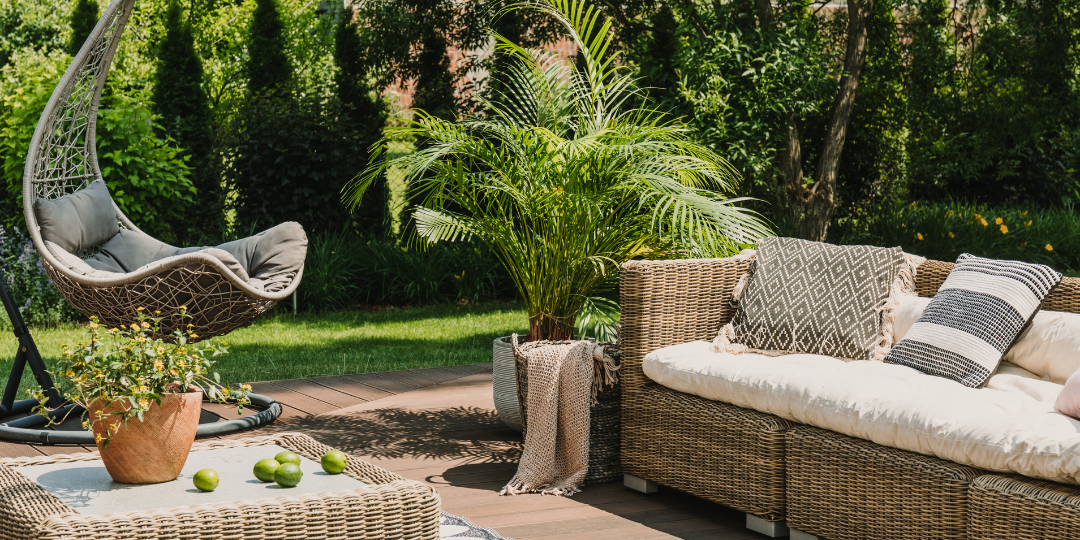
How to Avoid Budget Surprises in Commercial Fit-Outs
The Real Reason Fit-Out Projects Go Over Budget (and How to Stop It)
We all want our projects to run smoothly. But sometimes, even a great design can unravel when a contractor receives a vague or incomplete brief. If you're planning a retail refit, hospitality renovation, or commercial upgrade, it's not just about the drawings — it's about the dialogue.
Briefing well doesn’t mean writing a novel. It means sharing the right things at the right time, so your contractor knows what to expect, what to cost, and what to avoid doing twice.

Know What’s Inside the Box
Before you hand over the drawings, take a step back and ask: What do I want this space to do? Whether you're designing a relaxed hospitality venue, a sleek retail environment, or a functional commercial workspace, the purpose should guide everything.
Contractors don’t just need technical details — they need context. If you're fitting a space for high traffic, say so. If your retail unit needs ambient lighting to highlight products, mention it. These functional goals help shape how your contractor thinks about every layer — from structure to finish.

Avoid the 'I Thought You Meant' Moments
Scope creep doesn’t just come from extra fittings or unexpected requests. It often starts with assumptions. A business owner might think floor prep is included. A contractor might assume lighting is by the client. Suddenly, you’re having awkward chats halfway through the job.
To prevent that, put assumptions on the table early. Make a list of what you think is included, and invite your contractor to do the same. Then compare. You might discover both sides missed something — and that’s a win, not a mistake.
Speak the Same Language
Every project brings together people with different skills and styles. You might be working with a designer who focuses on mood boards, a contractor who counts in millimetres, and a business owner who just wants to open on time.
Use simple terms where possible. Include images or references. A photo of a lighting effect for your retail unit? Perfect. A sketch of a hospitality feature you want functional? Even better. Show what you mean, don’t just describe it.

Collaboration Over Correction
The most successful commercial projects are not the ones with the most detailed drawings — they’re the ones with the clearest conversations. A good brief helps your contractor price accurately, schedule confidently, and build smart. A great one makes them your ally.
Whether you’re renovating a café, launching a boutique, or upgrading your office, you’re not just buying labour. You’re building a relationship. And that starts with communication, not correction.
If you're planning a retail or hospitality fit-out and want to avoid costly surprises, start a conversation with us. We're here to help you build with confidence.


